Screen mirroring isn’t the most popular thing people do with their devices. However, there are plenty of niche use cases for such a technology. Some people like it for streaming. Others use it for technical support. Whatever the reason, we hope we can help you achieve it. Here are the best screen mirroring apps and screencasting apps for Android along with some other solutions that work.
The best screen mirroring apps for Android
AirDroid
Price: Free / $3.99 per month / $29.99 per year
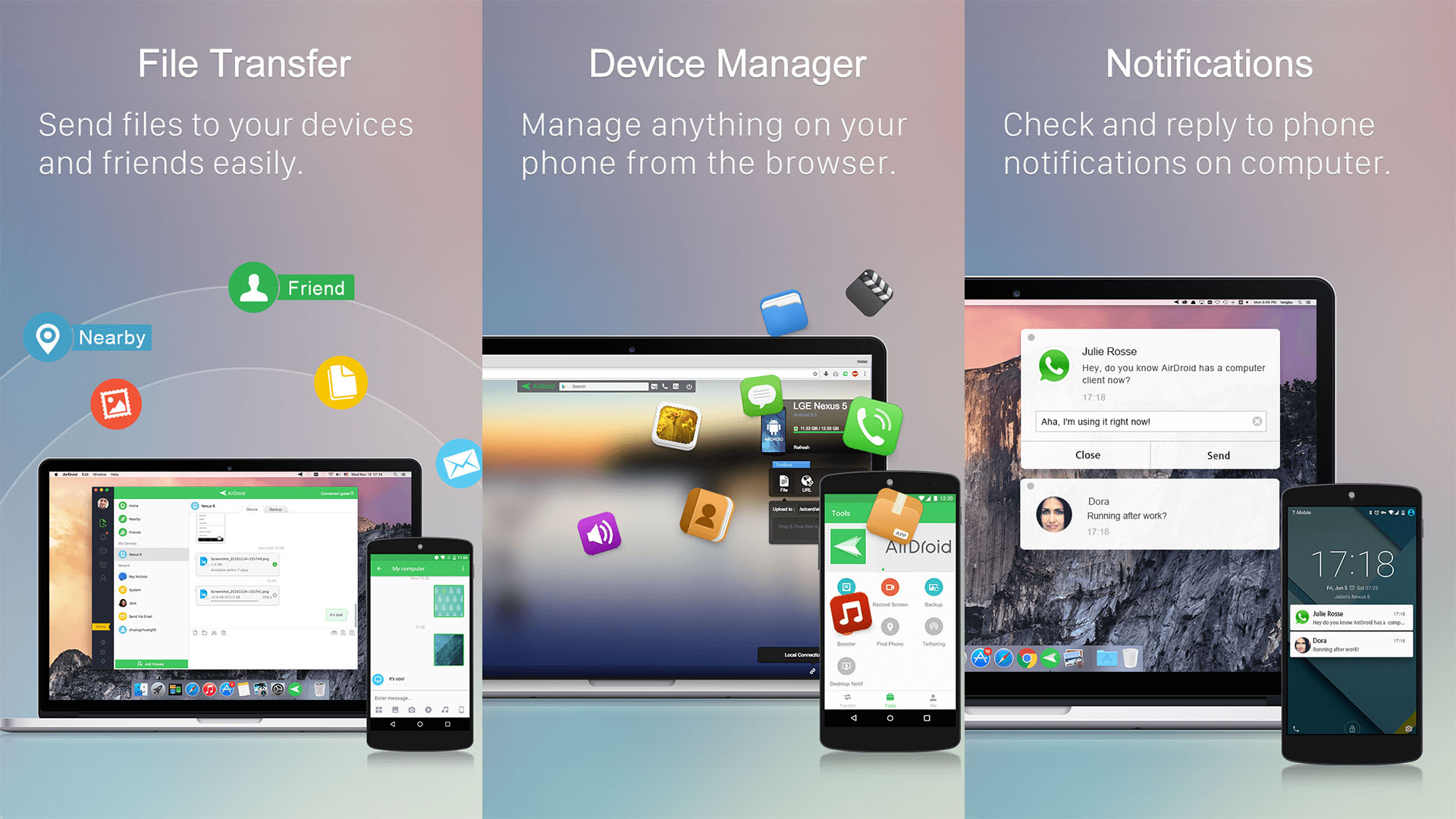
AirDroid is an excellent app that helps your phone and PC communicate better. It lets you do things like transfer files between your phone and PC, answer phone notifications on your computer, remote control your Android phone from your computer, and, yes, even screen mirroring. The screen mirroring function works pretty well. In fact, it’s one of the few options that doesn’t require your phone and computer to be on the same network. However, both devices do need the AirDroid app installed. The service runs for $3.99 per month or $29.99 per year, and it’s quite worth it if you need this level of integration between your devices.
Google Home
Price: Free / Chromecasts cost money
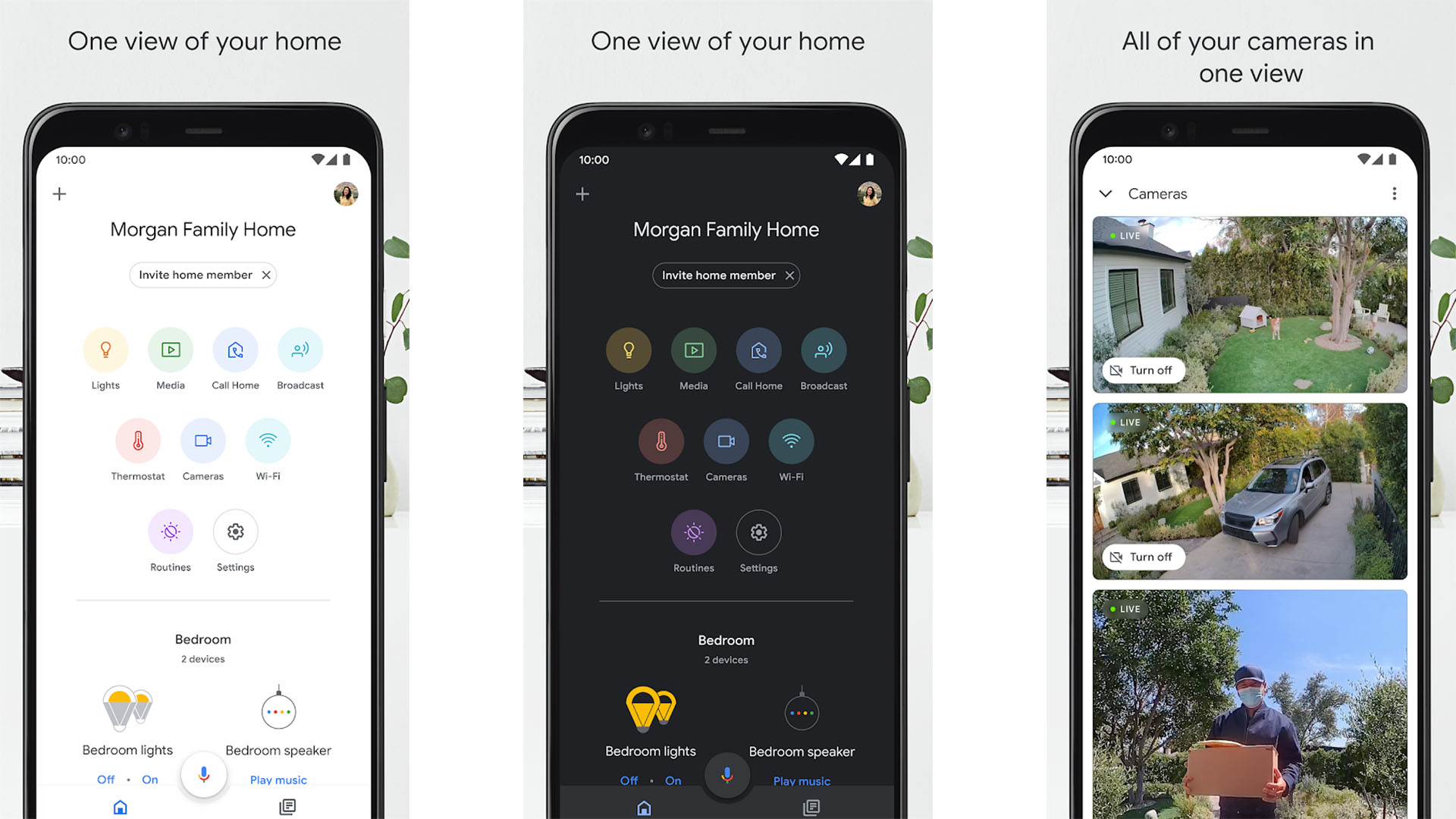
Google Home is the app for Google Nest products, Chromecast, and other Google devices. You can directly cast your screen from your device to your TV with this app and a Chromecast. It actually works impressively well. However, most of the use cases, like streaming video, are better done with native apps than with screen mirroring. Still, if you need your phone screen on a TV, this is a great way to do it. You have to purchase a Chromecast for this to work. The app is free, at least, and it didn’t bug out or have any major issues during our testing.
Microsoft Remote Desktop
Price: Free
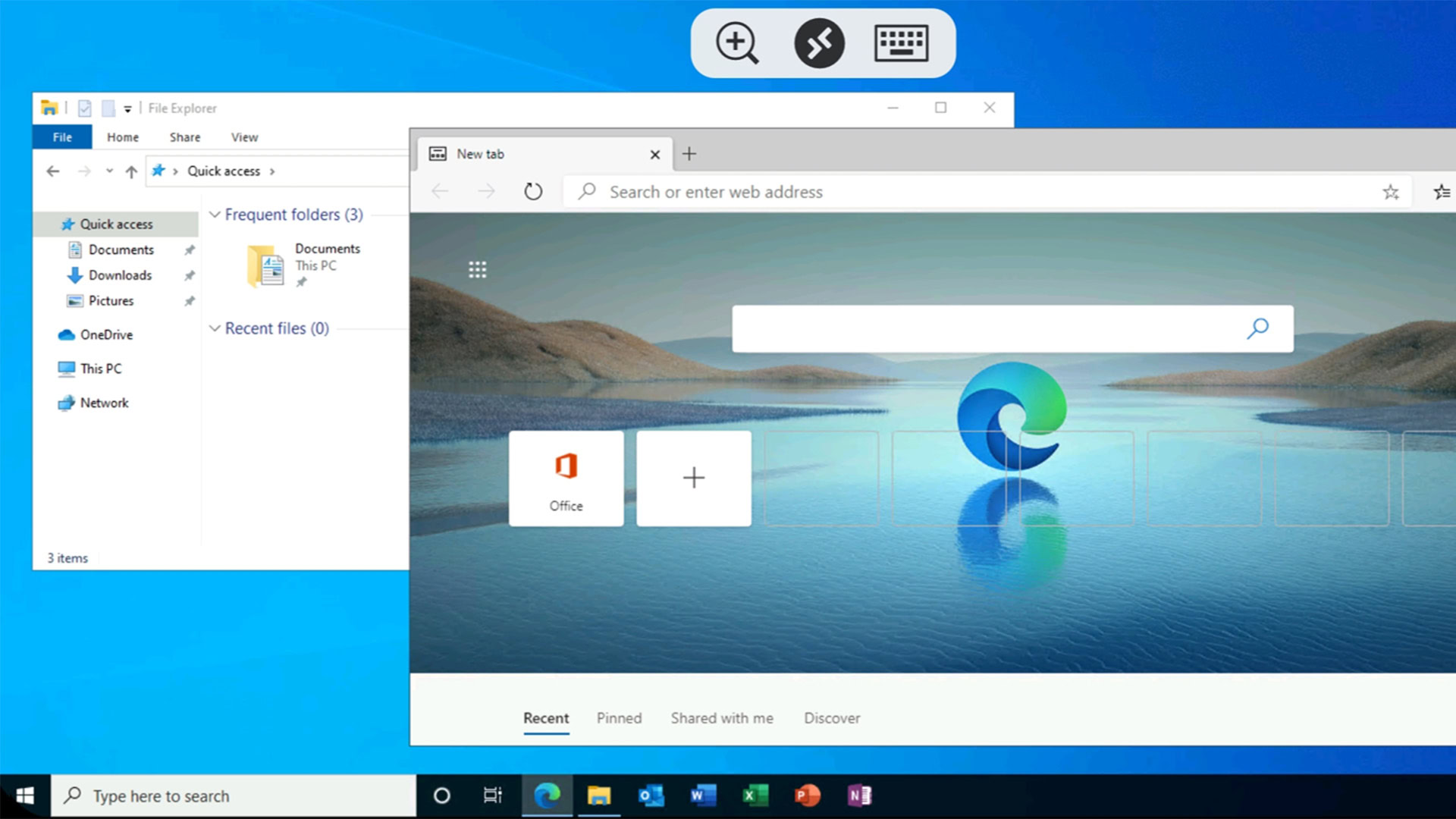
Microsoft Remote Desktop is a lot like Chrome Remote Desktop. In fact, it does basically the same thing. It shows you your desktop computer. The app supports Windows Professional and Server editions. In addition, it works well for video and sound streaming should the need occur. It’s completely free with no in-app purchases or advertisements. Those running Windows should probably use this one since Google discontinued support for Chrome Remote Desktop. It is a bit glitchy and buggy, and we hope Micorosft cleans this up over time.
Phone Link by Microsoft
Price: Free
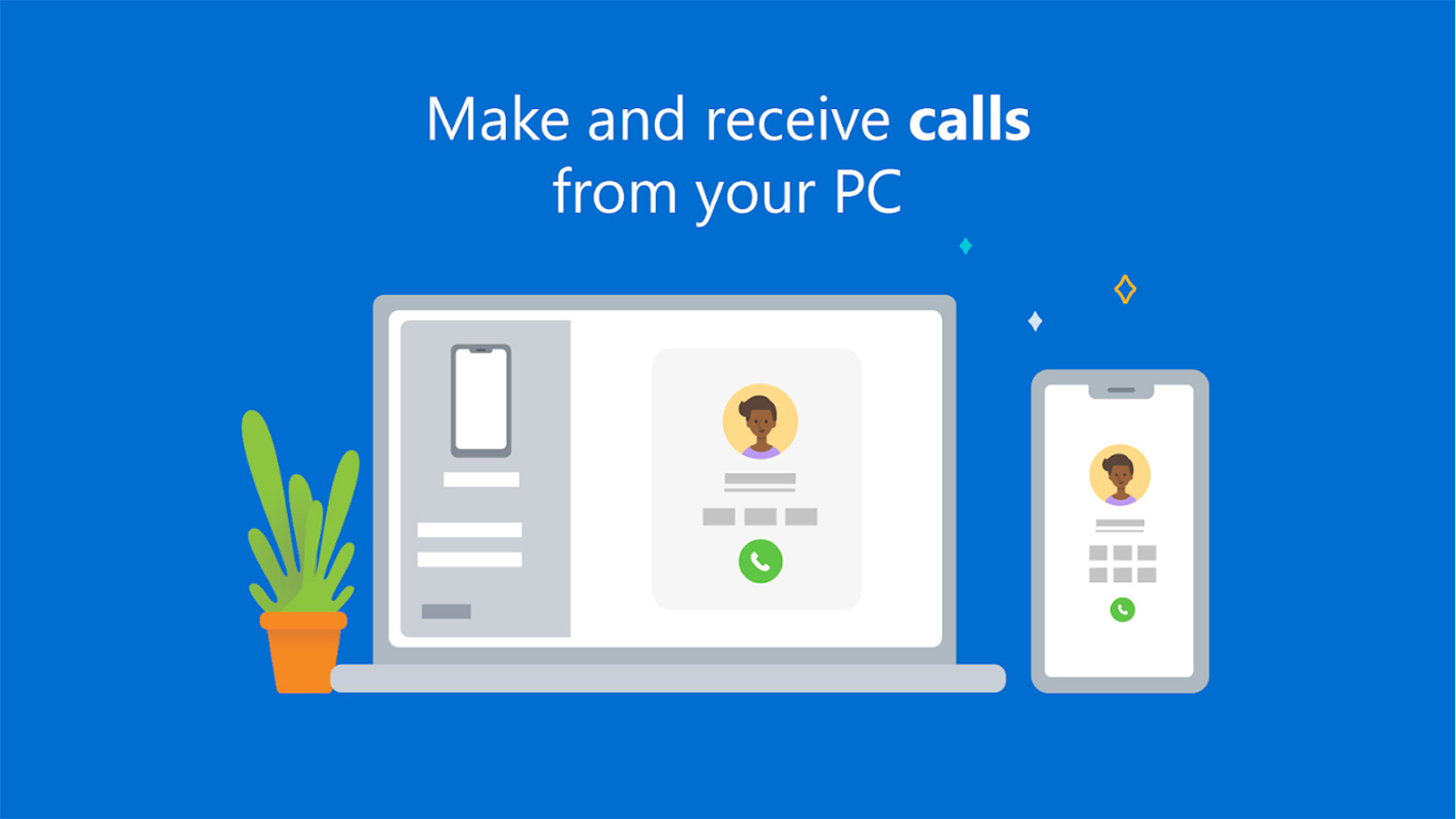
Joe Hindy / Android Authority
Your Phone Companion is an excellent app by Microsoft. It still has some bugs, but it already does more than a lot of Android apps for connecting your phone to Windows. Once connected, you can view photos, answer texts, make phone calls (on PCs with Bluetooth), and yes, cast your screen. In fact, you can cast your screen as normal or launch an Android app that also launches the screencasting mode. Your Phone Companion is still a bit buggy, even on phones where it comes natively like Samsung devices. However, when it works, it’s an outstanding solution for screen mirroring.
TeamViewer
Price: Free (for individual use)
TeamViewer is one of the most popular screen mirroring apps. This one is mainly for diagnostic purposes. You can look at desktops or other mobile devices if needed. It supports HD video and sound transmission, 256-bit AES encryption, and file transfers from both devices. It also supports Mac, Windows, and Linux natively. That’s great news. The app is free to use for individual use. Those running businesses have various payment options.
Vysor is a decent choice for screen mirroring your phone to your computer. It uses a Chrome extension along with the Android app to pair your phone with your computer. From there, it mirrors your phone screen directly on your computer. There are some limitations to this. For instance, you need Chrome or a Chrome-based browser in order to use it. Aside from that, there seem to be bugs that depend on a user’s setup. It worked fine in our testing, but it may not work great for everyone. Luckily, it’s free, so there’s no harm in trying it.
Capture cards
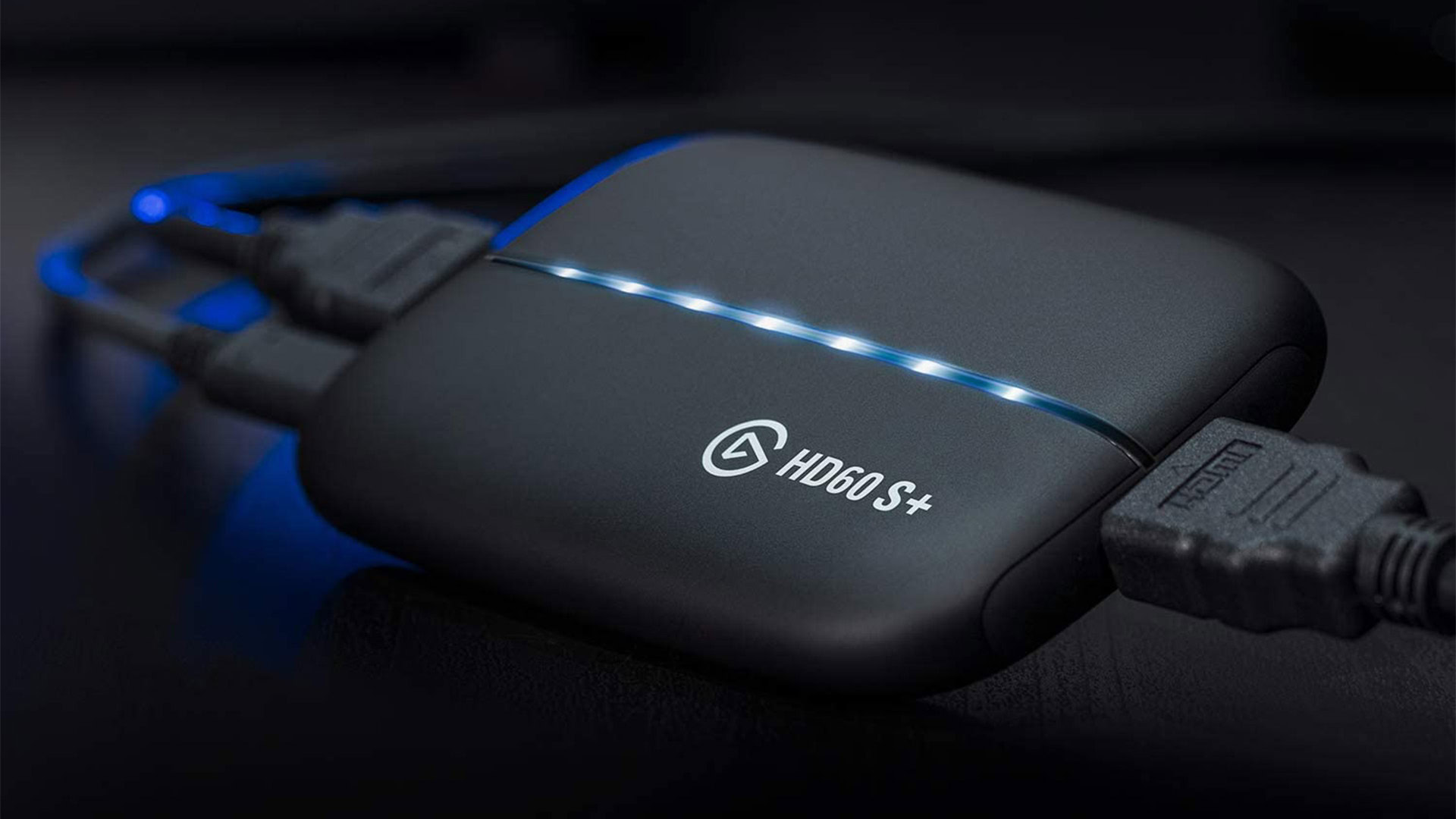
Capture cards are the most consistent way to mirror your phone to your computer. They work pretty simply. You buy one of these gadgets, connect it to your computer, and connect the other end to your phone. It uses your phone’s native HDMI-out. Thus, some devices without HDMI support, like the Google Pixel series, won’t work with capture cards.
There are a variety of capture cards on the market. However, one of the best options right now is the Elgato HD 60 S+. It features 4K support, 1080p60 support, HDR support, and more. I have personally used one with my Samsung Galaxy S22 Ultra, and I can attest that it works fine. Not only is this among the cleanest ways to mirror your phone screen, but it also works with other gadgets if you want.
Chromecast, Fire TV Sticks, Roku, and native smart TV integration
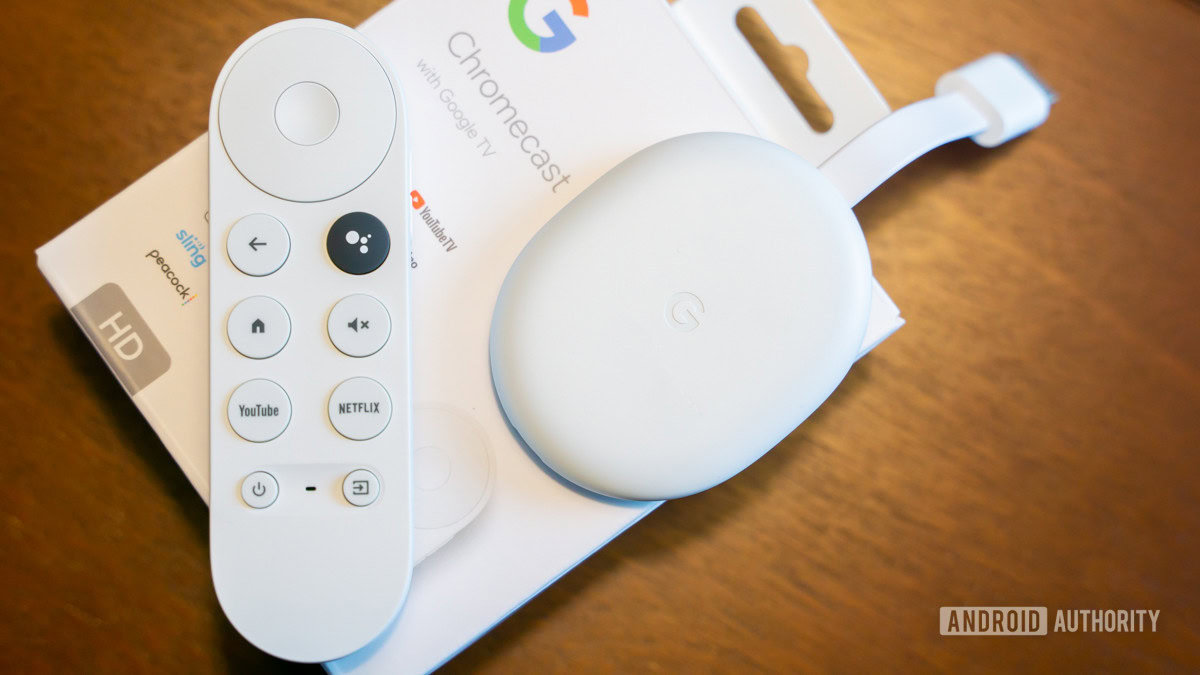
Edgar Cervantes / Android Authority
You can screen mirror with almost any TV stick or smart TV these days. It’s simply a matter of support. We talked about the Google Home app in the app list above, but we’re reiterating it here. You can, in fact, use a Chromecast to mirror your screen using the Google Home app. It takes a second to get used to, but it definitely works. You’re out the cost of a Chromecast, but Chromecasts are usable for many things aside from screen mirroring.
Fire TV sticks have specific screen mirroring options that you can turn on in the settings. This lets you screen mirror with almost any device as long as the device has the option to project its screen wirelessly. Amazon has a how-to on getting it set up. Roku has a similar method for Roku-enabled devices.
Finally, some smart TVs have the same functionality as a Fire TV stick. TVs with Google TV can just use the same process as a Chromecast since Google TVs have Chromecast built-in. However, many other brands have Miracast, Roku, or similar protocols built in. You just need to figure out how to project your phone screen, which is different from device to device. For example, Samsung uses the Smart View feature to do this.
HDMI-out
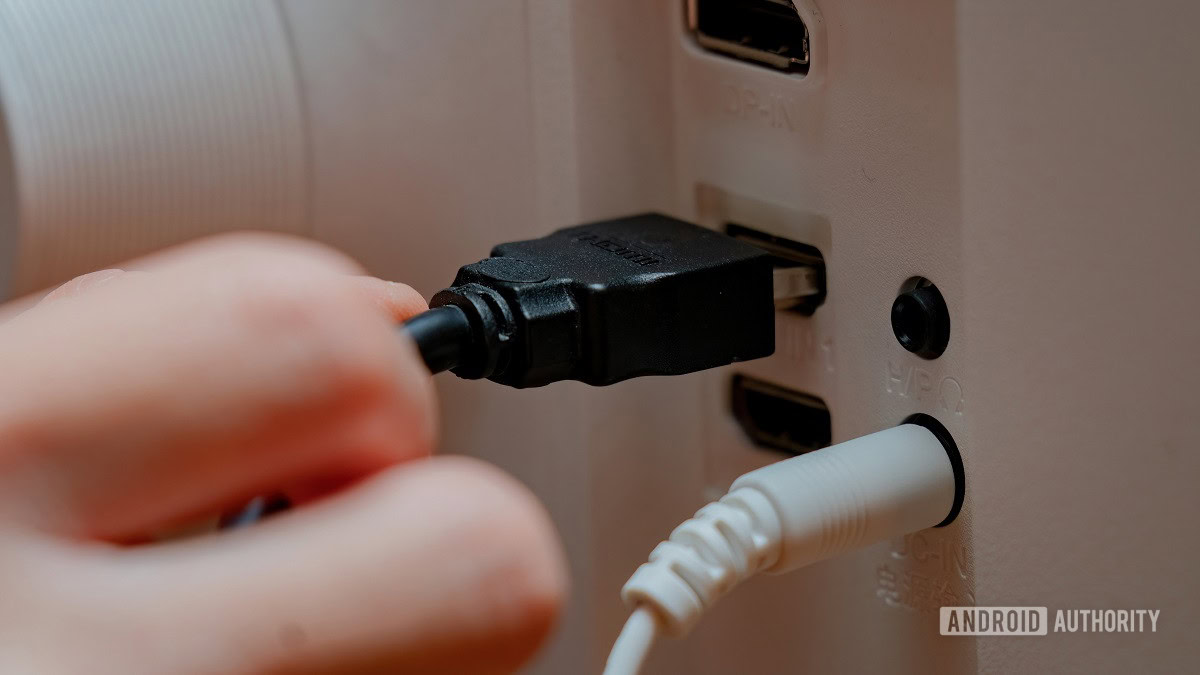
Curtis Joe / Android Authority
The easiest way to mirror your screen to a TV is to use a cable. This isn’t nearly as prevalent as it was several years ago, which doesn’t make sense since USB-C has native HDMI capabilities. In any case, there are still enough devices with HDMI-out support to gainfully recommend this method to our readers.
It mostly comes down to getting the right cable. Most modern phones with HMDI-out can either use a USB-C to HDMI adapter or a full USB-C to HDMI cable. It gets a bit more complicated for older devices. Older Samsung devices generally used MHL, whereas older LG phones used Slimport. You may need to Google your specific phone to be sure before you waste money on the wrong cable.
HDMI-out isn’t the most modern or sleek option, but it works every time unless the cable breaks and it’s usable offline.
HDMI-out has the advantage of being a physical connection. It doesn’t suffer from stutters and glitchy weirdness like some wireless screen mirroring solutions have. Additionally, it works offline. Yes, there is a cable to buy, but they’re usually around $15.
Those with Samsung devices can also check out its DeX mode with a Windows PC that allows for things like screen mirroring, but in a full desktop experience that takes place wholly on the phone. All you need is a USB cable to plug it into your computer.
If we missed any screen mirroring apps and other methods, tell us about it in the comments. You can also click here to check out our latest Android app and game lists.
Thank you for reading! Try these out too:

